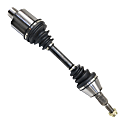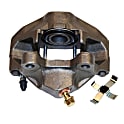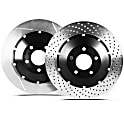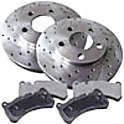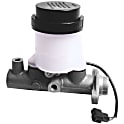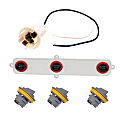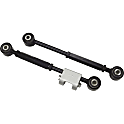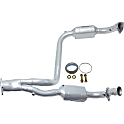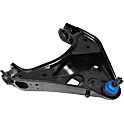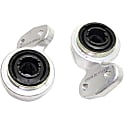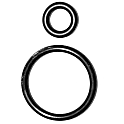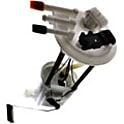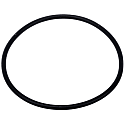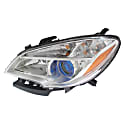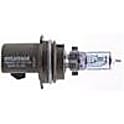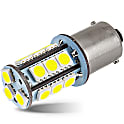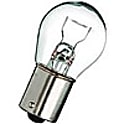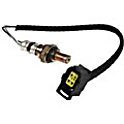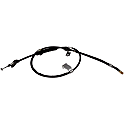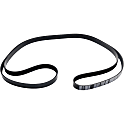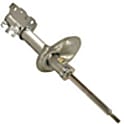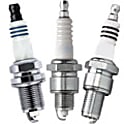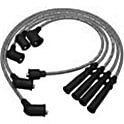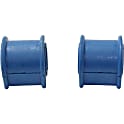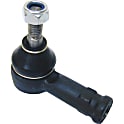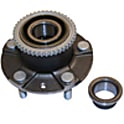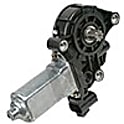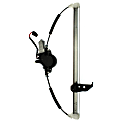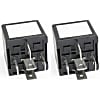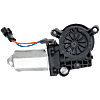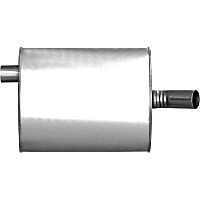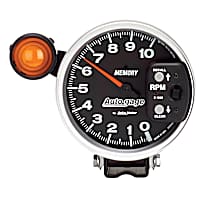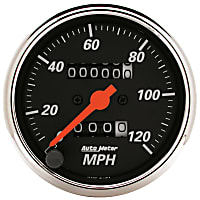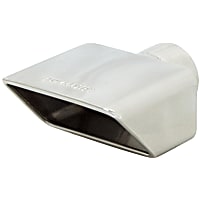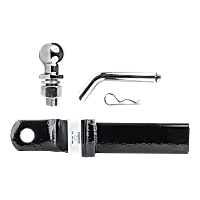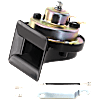{
"lazyNodes": false,
"abFitnotesFlag": false,
"abCrawlReviews": false,
"productOptionsCookie": false,
"orderDelayFlag": false,
"skipSessionCookie": false,
"covidMessage": false,
"fullTitleCookie": false,
"nrLoggerCookie": false,
"checkoutReviewCookie": false,
"productOptionSeqCookie": false,
"maintenanceFlag": false,
"bufferETACookie": false,
"multiShippingDiscountFlag": false,
"newFitmentFlag": false,
"surveyOptInFlag": false,
"crossSellFlag": false,
"skuMappingFlag": false,
"paySplitCookie": false,
"callDisableFlag": false,
"zipPaymentFlag": "u",
"hassleFreeReturn": false,
"lifetimeReplacement": false,
"cpn_off": false
}
Saturn SL Parts & Accessories
Find the right parts fasterSelect Your Vehicle Part
Top Rated Products
Popular Products
Product Questions & Answers
Shopping for Saturn SL Parts
The Top Two Most Common Gripes with the Saturn SL
The entire Saturn brand was geared towards combating the entrenched dominance of Japanese imports in the US market. While they never truly succeeding in knocking the Japanese giants off their pedestals, they did come up with some really good cars. Of these, the Saturn SL-which came out in 1990-is certainly one of the most famous and certainly the most profitable cars they released. While by no means spectacular, the SL was a very reliable vehicle-nearly on par with its Japanese competitors, and just as dependable. As such, there weren't too many complaints when it came to performance. These few are rather rare, but still important to note-in case you ever run across them.
Slipping clutch
This rare problem was observed in the 1997 edition of the Saturn SL. The complainants all observed that their clutch became difficult to engage, and that the problem gradually worsened over time until it was near-impossible to take the car out of first gear. The relatively good news to those affected is that the problem doesn't really manifest until over 130,000 miles of service life.
There are no advisories nor are there any recall orders that cover this problem as it isn't all too prevalent. The problem is easily remedied by changing out the clutch. The average cost for that-including the part-is around $500.
Engine cooling failure
It's the 1999 Saturn SL that is commonly afflicted with this rare problem. The common failure lies with the head gasket: it has a tendency to crack and mix water with the oil. This then prompts the low-coolant light to engage. Levels of coolant were found to be less than an inch in all cases-replacing the coolant only results in the same thing happening the next day.
Nearly all cases reported that Saturn dealers were willing to service the problem under contract-but be warned that the price varies depending on the extent of damage. A good preventive measure would be to replace the head gasket currently on your 1999 edition of the Saturn S.


